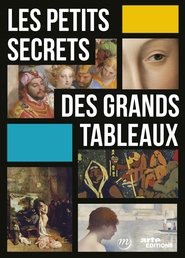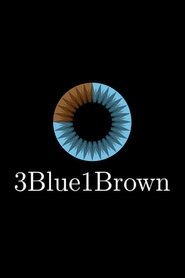
Smart Secrets of Great Paintings - Season 1 Episode 8 Marie-Antoinette de Lorraine-Habsbourg, Queen of France and Her Children (1787) by Elisabeth Vigée Le Brun
As the French Revolution approached, Louise Elisabeth Vigee Le Brun painted the queen's portrait in an attempt to win back public opinion. This documentary examines the historical and social context in which "Marie-Antoinette de Lorraine-Habsbourg, Queen of France and Her Children" was painted. It analyzes the work's composition and symbolism in terms of motherhood and political legitimacy, and attempts to counter the queen's reputation for debauchery. It also includes a discussion of Le Brun's background, Italian and Flemish influences, and her unique position as court portraitist in a male dominated field. Finally, we learn how the work was received by the Paris Salon and by the French people.
- Title: Smart Secrets of Great Paintings
- Year: 2019
- Genre: Documentary
- Country: France
- Studio: ARTE
- Director: Clément Cogitore, Jivko Darakchiev, Yves Nilly, Carlos Franklin
- Cast: Clémentine Célarié
- Crew: Clément Cogitore (Director), Jivko Darakchiev (Director), Yves Nilly (Screenplay), Carlos Franklin (Director)
- Keyword:
- Runtime: 26 minutes
- IMDb: 8.00 / 10 by 1 users
- Popularity: 4.607
- First Air Date: Nov 01, 2015
- Last Air date: Feb 17, 2019
- Season: 1 Season
- Episode: 24 Episode
- Language: French
 Apple TV
Apple TV Google Play Movies
Google Play Movies Fandango At Home
Fandango At Home Netflix
Netflix Amazon Prime Video
Amazon Prime Video Amazon Video
Amazon Video MUBI
MUBI




































